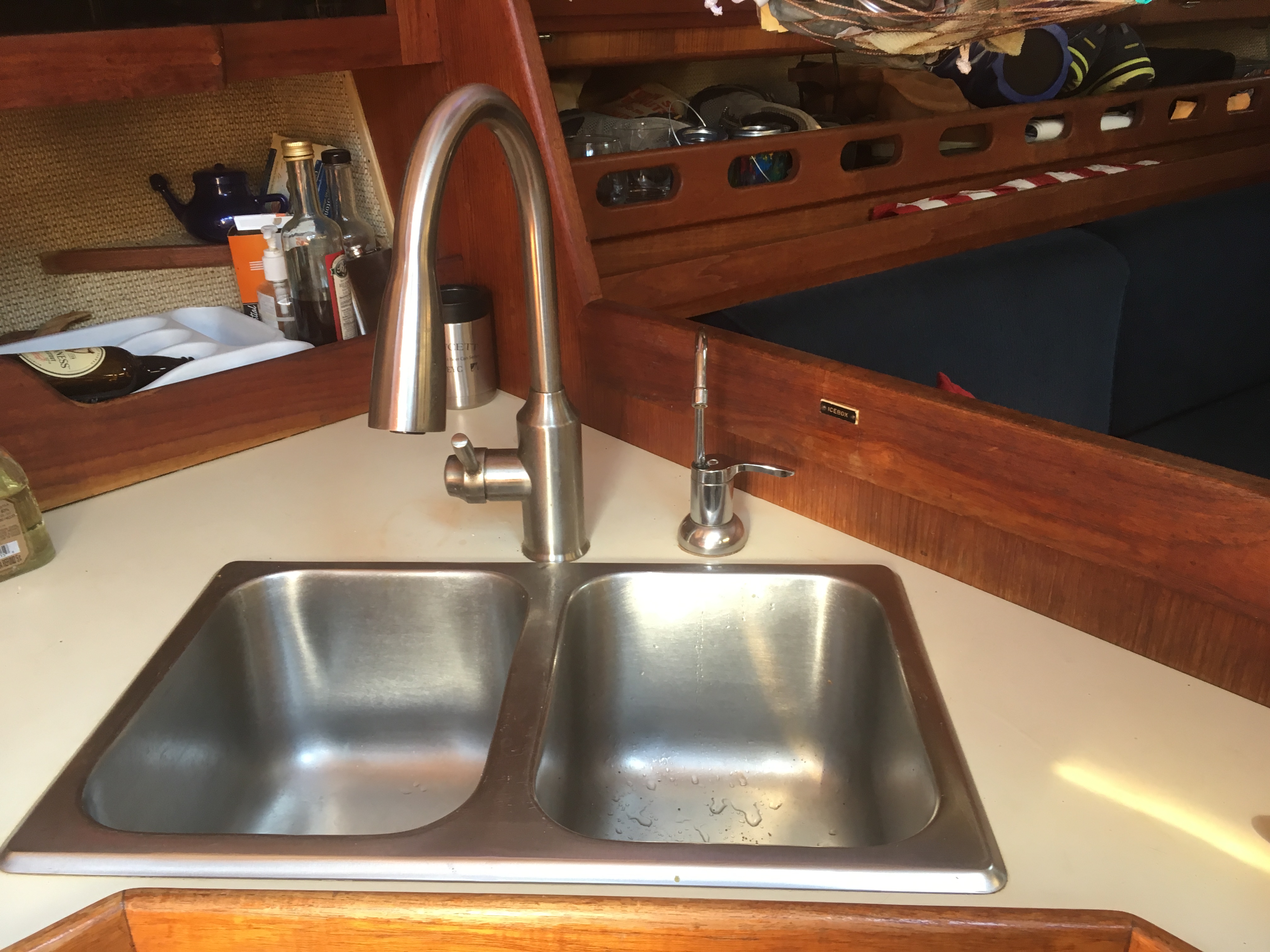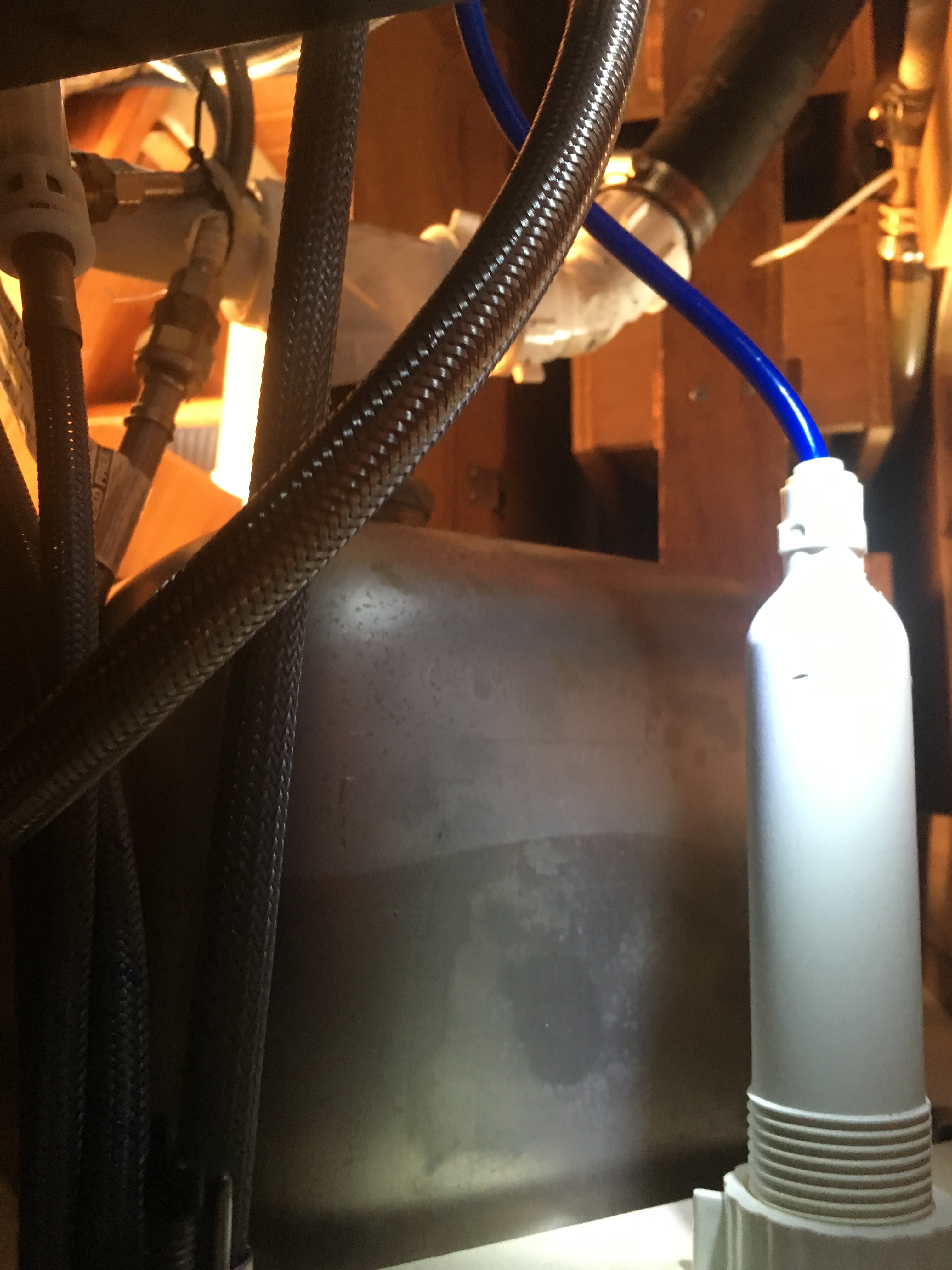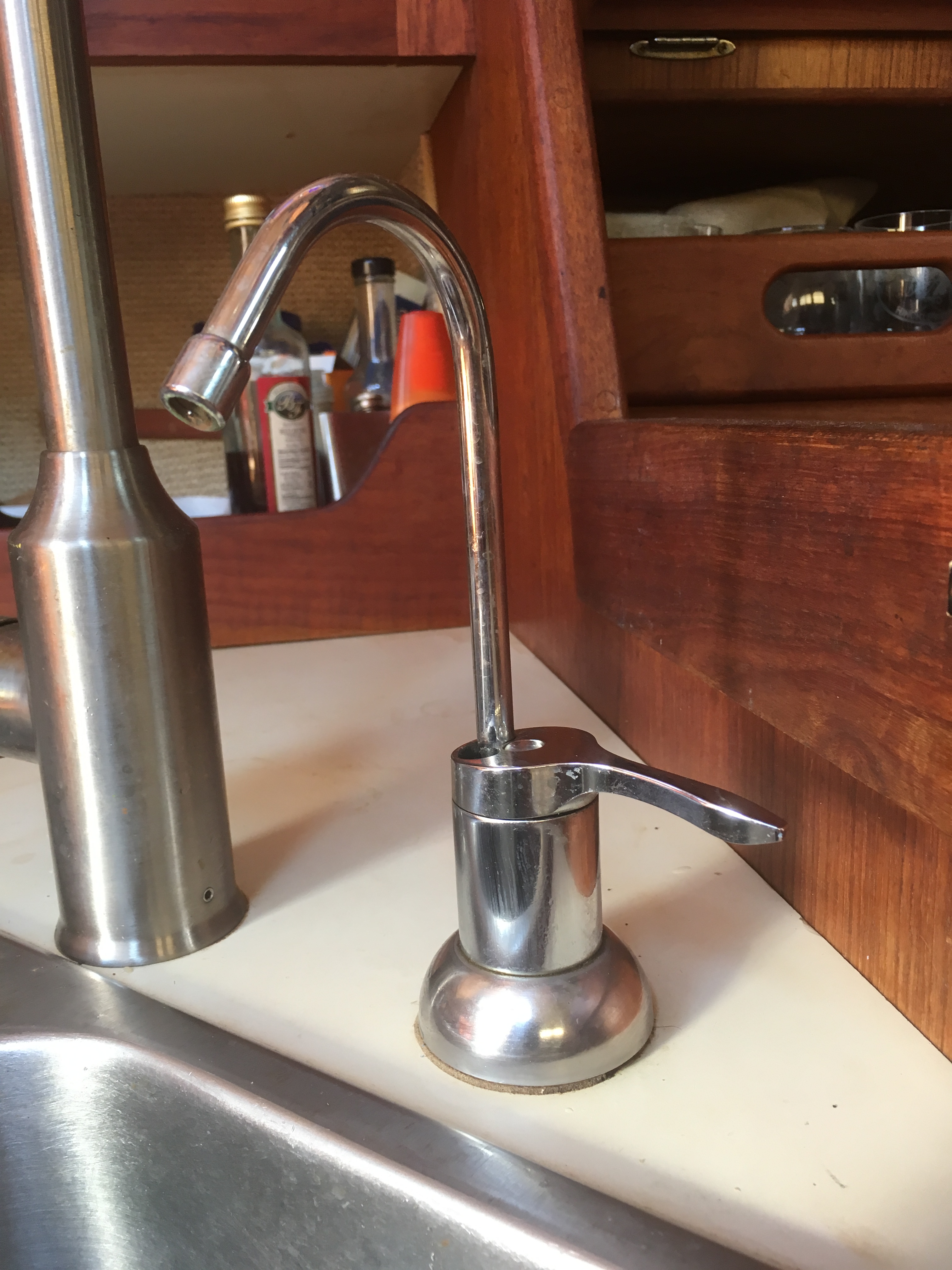How do you reduce your plastic waste onboard?
While sailing is an inherently green and emission-free activity, there are still many more opportunities for us sailors to reduce waste and help protect and preserve the Chesapeake and our waterways. At the top of the list is to stop buying non-reusable water bottles. While they are recyclable, demand and usage has soared, and efforts to collect and recycle bottles are failing to keep up, landing many of them in landfills and in the ocean.
Arguments for buying multiple 24-packs of water to keep the crew hydrated range from convenience to feeling good that the water is safe and odorless, but let’s take another look: How convenient is it to make trips to the grocery store, lugging and storing the bottles aboard and storing the empties? And it’s not cheap. Assuming that each sailor, each day of a four-day regatta drinks four single-use water bottles; each team member uses 16 bottles per event. For a team of six, this equals 96 bottles per event, costing about $80.
If you’re on a smaller boat without a water system, simply bring a filled reusable bottle, or two, from home. Popular brands include Kleen, Nalgene, or Yeti. For longer races on larger boats, consider installing a water filtration system for a constant stream of potable water.
That’s what Michael Lehmkuhl did for his Pearson 39 before the 2010 Annapolis Bermuda Ocean Race. His main impetus was to forgo creating all the waste, and storing that waste for days on end. He purchased a stainless under sink purifier with dedicated faucet from Seagull for around $500 (there are less expensive plastic versions starting around $150) and notes the installation is easy.
To ensure the water flow is not slowed down throughout entire water system, most systems come with a spigot, so there is a dedicated potable water supply. Most filters remove all the harmful containment and meet EPA standards. If you are really serious, there are systems that will purify the water from your shower head.
Lehmkuhl gives each crew member his or her own bottle to fill up at will and even keep cold in fridge.
“You need to keep your crew hydrated and happy without creating waste. It’s so much easier now with the filter.”
A tip for sailors: When choosing a water filtration system for your boat or home, look up the cost for replacement filters. They can be costly and may change the math of your final decision.
~by Carrie Gentile







